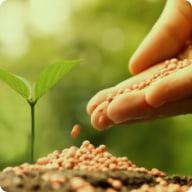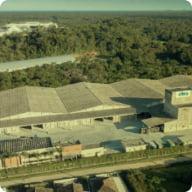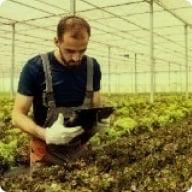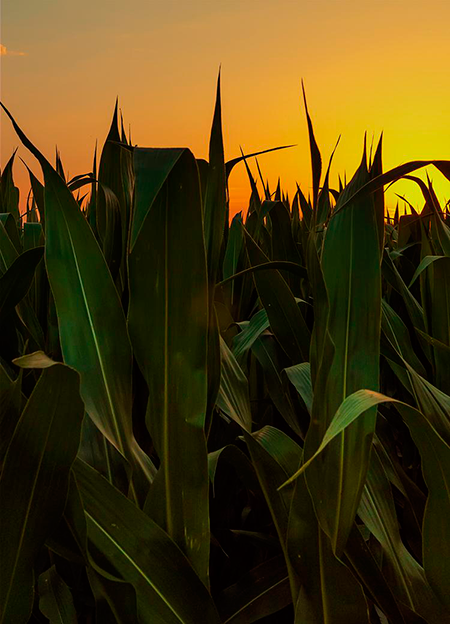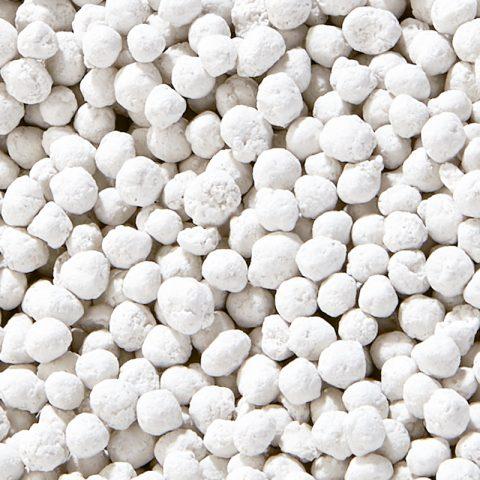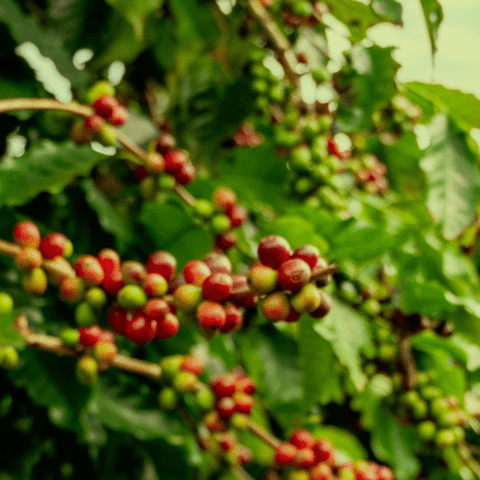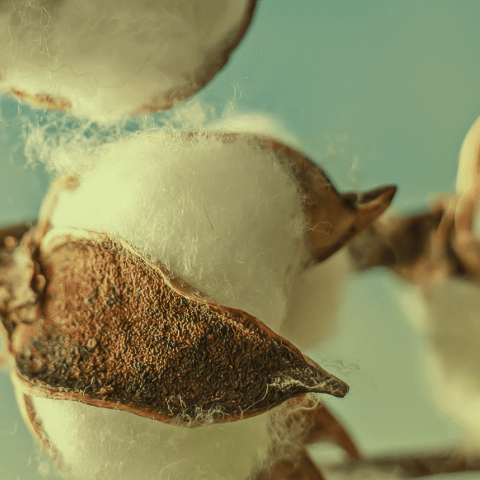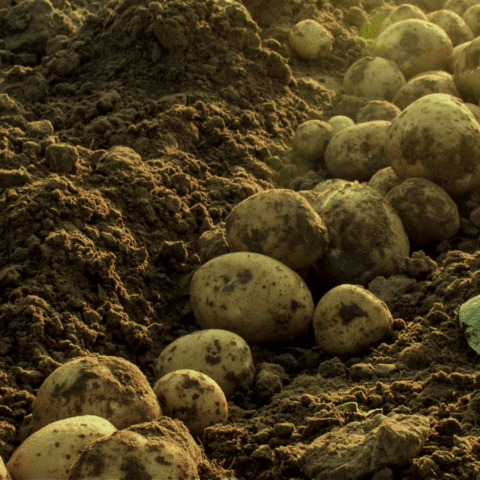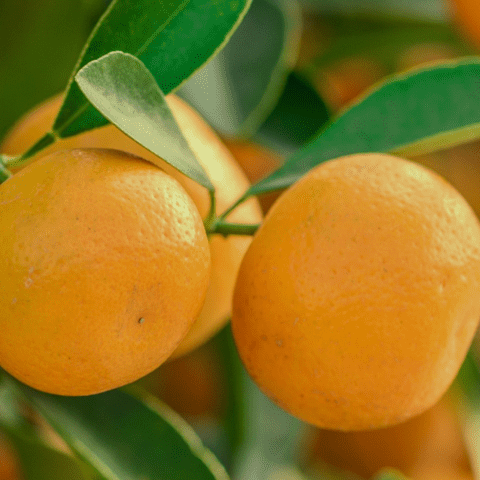CORN IN THE NATIONAL MARKET
Brazil is the world’s largest exporter of corn, which demonstrates its importance to the national economy.
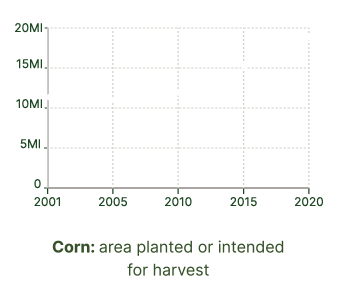
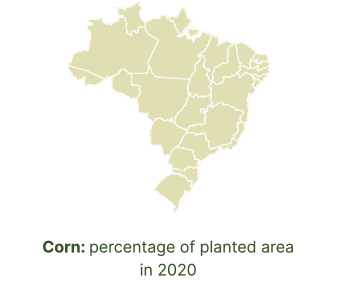
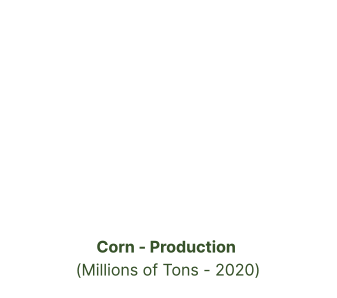
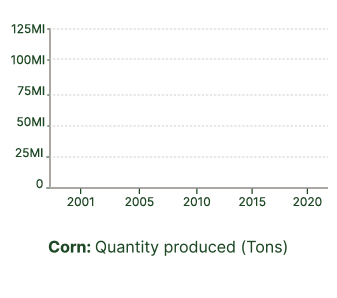
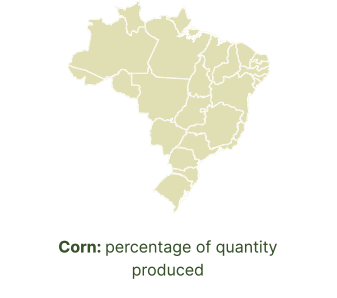
What do you need to know
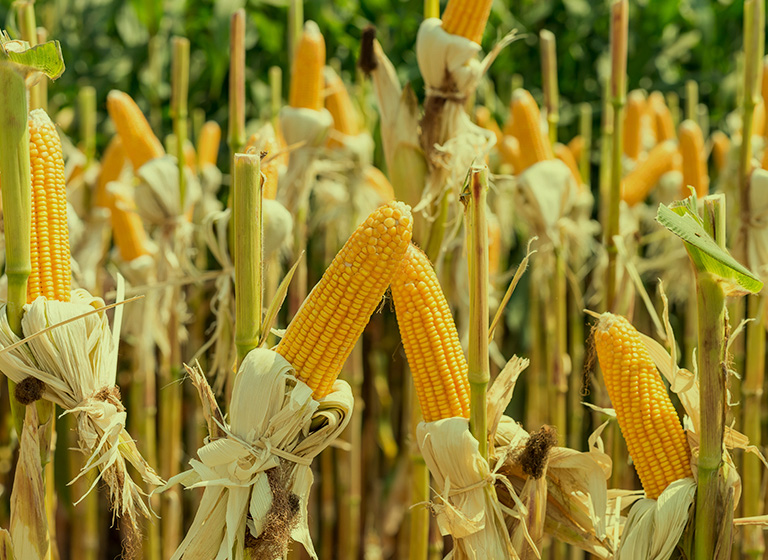
Nitrogen (N) is the nutrient with the highest demand for corn, as it is the main constituent of proteins and a boost to productivity.
Corn is one of the main crops produced in the country due to its important nutritional properties, for both human and animal food.
In many regions of the country, the crop succession system for soybeans and safrinha corn represents an essential practice for optimizing the use of the area. And in this scenario, in order to achieve high yields, it is essential that the producer adopts technologies that improve soil quality and provide adequate fertilization.
Nitrogen (N) is the nutrient with the greatest demand for corn, as it is the main constituent of proteins, being determinant for productivity.
However, the way nitrogen fertilization is carried out can cause losses that interfere with its efficiency and the availability of the element, especially those that occur by volatilization.
To obtain greater efficiency in the use of nitrogen fertilization, Cibra counts on Nitrocap, which is a fertilizer with a high concentration of nitrogen, which provides lower losses by volatilization with the consequent increase in the productivity of the corn crop and greater safety for the producer.
Principais Deficiências
Main Deficiencies
Corn’s Nitrogen Deficiency (N)
Nitrogen (N) deficiency is always detected in older plant leaves.
The nitrogen-deficient plant develops a yellowing (Chlorose) in a “V” shape from the tip of the leaf evolving to the base of the leaf.
As this deficiency progresses, chlorosis can progress to tissue death. The ears have a reduced size and low protein content in the grains.
Corn’s Phosphorus Deficiency (P)
The importance of phosphorus (P): it stimulates the development of roots, increases the protein content in the grains and acts on photosynthesis and respiration.
Phosphorus (P) deficiency begins with a darker green color on the edges of old leaves, evolving to purplish tones at the edges.
In addition to the leaves, the culms can also present these same symptoms. Phosphorus (P) deficiency affects corn pollination, resulting in small, failed and twisted ears.
Corn’s Potassium Deficiency (K)
The importance of potassium (K): it is responsible for the efficient use of water, increases plant resistance to lodging and tolerance to pests and diseases.
Potassium (K) deficiency shows an inverted “V”-shaped yellowing (chlorosis) in old leaves, and later turns into necrosis.
In cases of severe deficiency, chlorosis may not be noticed at first, progressing directly to tissue death. Both symptoms progress from the edges to the base of the leaf. In the ears there is a reduction in size and the grains at the tip of the ear do not develop properly.
Corn’s Calcium Deficiency (Ca)
The importance of calcium (Ca): it is essential for the growth and deepening of roots, vital for the germination of the pollen grain and is part of the cell wall of plant tissues.
Calcium (Ca) deficiency appears in young leaves and growing regions of plants. The growth as a whole is impaired, including the roots, with dry and deformed young leaves.
These leaves show yellowing, dry up and die, showing wide bands on the edges and between the veins of the leaves.
Corn’s Magnesium Deficiency (Mg)
The importance of magnesium (Mg): it is essential for photosynthesis.
It is a component of chlorophyll, a green pigment, an active participant in the photosynthetic process and helps the absorption of phosphorus.
Magnesium (Mg) deficiency appears initially in older leaves, as the main symptom is interveinal chlorosis, some plants may have a reddish color. The leaves turn yellow at the edges and later between the veins, and necrosis may occur in these regions.
Corn’s Sulfur Deficiency (S)
The importance of sulfur (S): participates in the composition of proteins, helps in the synthesis of enzymes and vitamins and participates in the formation of grains.
Sulfur (S) deficiency appears in the youngest leaves, which are light green in color and may progress to yellow.
It is somewhat reminiscent of nitrogen (N) deficiency, but initially occurs in younger leaves.
Corn’s Iron Deficiency (Fe)
The importance of iron (Fe): it plays a fundamental role in electron transport (ferrodoxin), in redox reactions and as a prosthetic group (enzyme activation).
The typical symptom of iron (Fe) deficiency is very light/white interveinal chlorosis of the younger leaves. Only the veins remain green, with a fine reticulated appearance – fine striations.
Corn’s Manganese Deficiency (Mn)
The importance of manganese (Mn): it acts on the enzymatic system, has a relevant action in photosynthesis, accelerates germination and favors the maturation of plants.
The symptom of manganese (Mn) deficiency is interveinal chlorosis of younger leaves.
Unlike iron (Fe) deficiency, manganese (Mn) deficiency has wider bands on the leaves. In more severe cases, this tissue can come off the leaves.
Corn’s Zinc Deficiency (Zn)
The importance of zinc (Zn): it participates in the growth of plants, it activates numerous enzymes and participates in the formation of grains.
Zinc (Zn) deficiency presents white or yellowish bands between the main vein and on the edges, and may present necrosis in these areas. Newly emitted leaves are pale in color (white) with short internodes.
Corn’s Copper Deficiency (Cu)
The importance of copper (Cu): it is a constituent of enzymes and responsible for the synthesis of phenolic compounds (lignification).
Copper (Cu) deficiency manifests itself in young leaves that are pale in color and more brittle than other leaves. They present yellowing and the tips of the leaves can deform and necrose.
Corn’s Boron Deficiency (B)
The importance of boron (B): essential for metabolism, important for germination, it acts in the process of cell division and helps in the transport of carbohydrates and participates in the formation of grains.
The symptoms of boron deficiency (B) are manifested in the form of elongated and transparent bands evolving to white coloration and later necrosis.
Plant tissues are deformed, especially in younger leaves, and their growth is reduced, somewhat reminiscent of calcium (Ca) deficiency.
Fertilizantes Indicados
Indicated Fertilizers
Pragas do milho
Pragas subterrâneas ou pragas de solo:
são insetos que se alimentam de sementes,
após a semeadura, e das raízes das plantas
- Larva-arame
Conoderus spp. (Coleoptera: Elateridae)
Melanotus spp. - Cupins
Cornitermes sp.
Procornitermes sp.
Syntermes sp. (Isoptera: Termitidae)
Heterotermes sp. (Isoptera: Rhynotermitidae)
- Corós, Pão-de-galinha
Eutheola humilis
Dycinetus dubius
Stenocrates sp.
Liogenys sp. - Bicho-bolo
Diloboderus abaderus (Coleoptera: Scarabaeidae)
Phlyllophaga spp. (Coleoptera: Scarabaeidae)
Cyclocephala spp. (Coleoptera: Scarabaeidae)
- Larva-alfinete
Diabrotica spp. (Coleoptera: Chrysomelidae) - Larva-angorá
Astylus variegatus (Coleoptera: Dasytidae) - Vaquinhas
Cerotoma (Coleoptera: Chrysomelidae)
Diphaulaca (Coleoptera: Chrysomelidae) - Percevejo-castanho
Scaptocoris castaneum (Hemiptera: Cydnidae)
Atarsocoris brachiariae (Hemiptera: Cydnidae)
Doenças do milho
Doenças foliares:
- Cercosporiose
Cercospora zeae-maydis - Mancha-branca
Etiologia indefinida - Ferrugem polissora
Puccinia polysora - Ferrugem comum
Puccinia sorghi - Ferrugem tropical ou ferrugem branca
Physopella zeae
- Helmintosporiose
Exserohilum turcicum (Pass.) K. J. Leonard & E. G. Suggs - Mancha de Bipolaris maydis
Bipolaris maydis - Mancha de bipolares
Bipolaris zeicola - Mancha foliar de Diplodia
Stenocarpella macrospora - Antracnose foliar do milho
Colletotrichum graminicola (Ces.) G. W. Wils.

